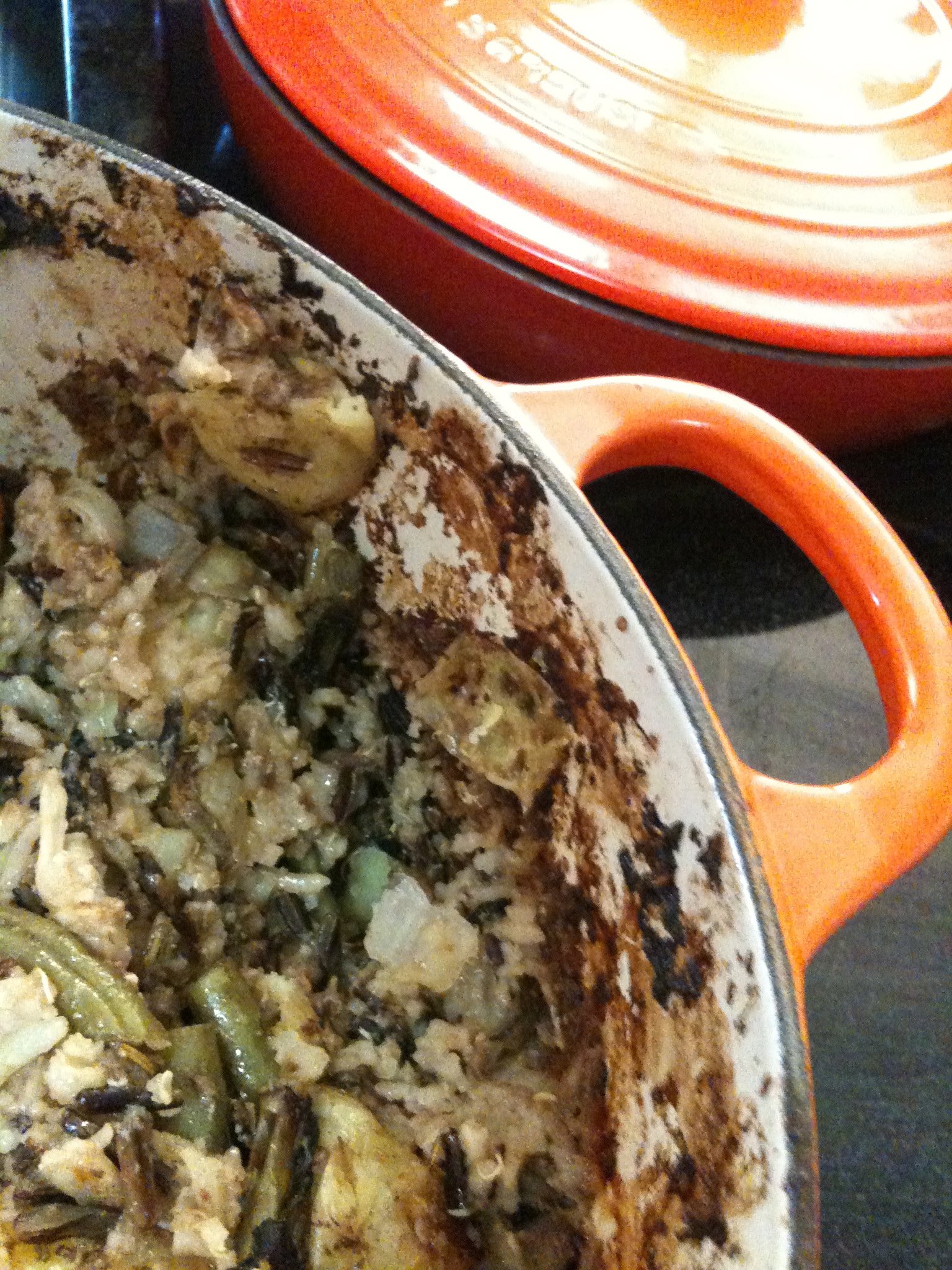(This piece was originally published in the Fairbanks Daily News-Miner)
People are sometimes surprised to find that I don’t own a blender, or a food processor or a spring-form pan. Recently a friend of mine was so appalled that I didn’t have what she referred to as a “proper spatula” that she bought one for me and left it conspicuously in my utensil caddy.
I once owned all of those things, but a divorce reduced my kitchen wares by fifty percent and there are a few things I’ve never bothered replacing. I want a kitchen (and a life) unfettered by complicated gadgets that require high maintenance, elaborate cleaning rituals or any kind of ball bearing. I like the idea of a simple space, filled with sturdy objects that are functional and beautiful.
Life is transient. Most of my generation was raised on a diet of planned obsolescence, disposable income and moveable roots. That transience seems even more potent at thirty-something, when loss becomes a more frequent occurrence.
So when that same spatula-weilding friend left a $100 gift certificate for a local kitchen supply store as a thank-you for a favor, I knew immediately what I wanted — something grand and permanent, like a Le Creuset 7.25 quart French oven with Flame enameling.
If you don’t cook much, and if you don’t often cook stews or casseroles or no-knead bread, a Le Creuset French oven is pretentious overkill. It’s the kind of artisan object that hipsters buy because it’s artisan and because it’s expensive. And when I say expensive I mean it carries the kind of price tag that makes the frugal type get itchy all over.
But this thing could theoretically protect me from nuclear fallout if I could ever fit my casserole-eating rear end into it. It weighs 13.2 lbs. The first thing I made in it was a batch of Jasmine rice and I swear not a single grain stuck to the bottom. You can bake bread in it for goodness sakes. The “Flame Orange” color is right up my alley, too. Cadmium, the source red pigment for the original flame-colored French oven from 1925, was not only the latest and brightest pigment on the market, but when added to glazes it raises the temperature the cookware can withstand. It’s the same pigment used to paint racing engines so they can take the heat. Not only did Armand Desaegher and Octave Aubecq, the original creators of Le Creuset, create a beautiful piece of enameled cast iron, but the cooking capabilities were actually improved by its beautiful orange-red enameling.
There are other brands that I think would have sufficed just as well. Le Creuset is the brand that happened to be carried by the kitchen store, but I also have a Lodge-brand enameled cast-iron skillet that is a beautiful piece of craftsmanship. What appeals to me most about this object isn’t the name it carries (although it has a sturdy reputation), but that it is just what I need right now: Something simple, and beautiful, and functional, and permanent.
This French oven won’t break, it’s wires won’t short out, and it won’t ask me to clean a complicated network of blades and gears long after the party is over. It’s a gorgeous workhorse, and I think it’s going to be around for a long time.
Related articles
- So what can I make with this Le Creuset “french” oven? (ask.metafilter.com)
- My 30 Year Affair With ….. Le Creuset (wineonmymind.wordpress.com)
